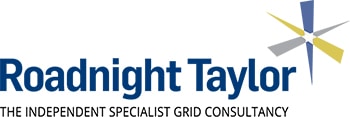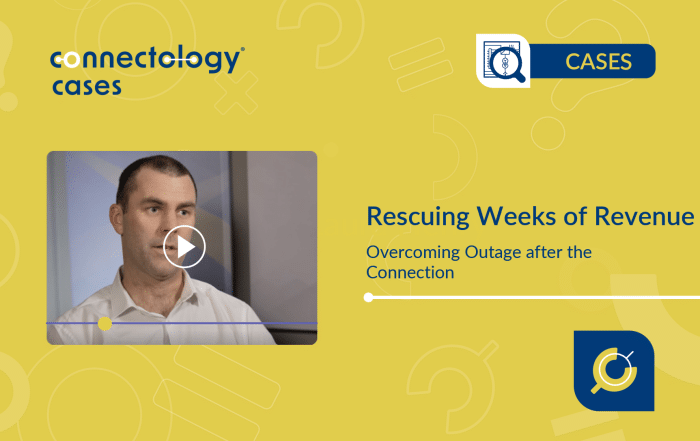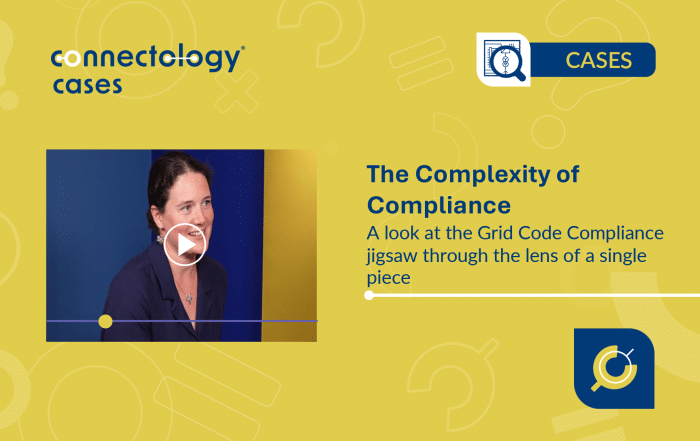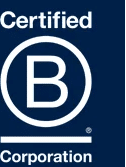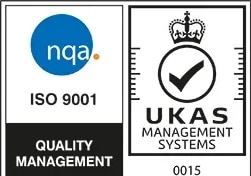
Saving money and time with the correct Connection Applications
If we are a fit, you can let us handle your grid risks and complexities, so you can focus on achieving real impact.
Summary:
Welcome to another Connectology Case, through which we explore specific obstacles the Connectologists® have faced when guiding champion clients to their grid goals. In this episode, Connectologist® Pete Aston details how a client planning to connect a 20MW solar farm to their existing facility overcame a devastating connection offer: wait until 2029 for transmission reinforcement works.
The problem? They’d applied for 20MW export capacity despite planning to use most of the generated power on-site. Pete explains how a counterintuitive application strategy enabled the solar farm to connect without triggering transmission assessment requirements, cutting the connection timeline by 5-6 years and reducing costs from approximately £250,000 to just £900. He details the critical lessons about application precision, capacity sizing, and offer review that developers pursuing behind-the-meter generation need to understand.
Transcript:
00:10 The challenge
This project was for a client who wanted to connect a solar farm into their existing facility.
The client had a reasonable size demand on their site and they had some land next to their site where they wanted to put the solar farm. The client had separately applied for a 20 MW connection for the solar farm. But what they’d done is they’d applied for 20 MW export capacity, whereas in real life they were going to use most of the energy from that solar farm on their site.
So they’d applied to the grid, the Distribution Network Operator, for a 20 MW export capacity into the grid. But they got the offer back from the DNO and this was the problem, because the offer said that they couldn’t connect until 2029. They were going to have to go through a transmission review process and wait until transmission reinforcement works had done.
Now this is problematic for the client because they really wanted to proceed with the solar farm as quickly as possible. So the client hadn’t accepted the offer because the connection date was too late. And they came to us to say is there anything we can do to try and get them an earlier connection date?
01:18 First phase solution
The first phase of what we wanted to do to help the client was to actually suggest that they make a new application. Now the clients had already spent somewhere in the region of three to five thousand pounds on making an application, the first application, and so that could have been viewed as lost money. But we said you need to make a new application and what you need to do is you need to change the application from 20 MW worth of export into the grid to a notional amount of export into the grid to a notional amount of export into the grid. Eventually we did 100 kilowatts into the grid.
Now what that was going to hopefully let them do was to connect their 20 MW solar farm into their existing facility and supply that solar power into their site. But they didn’t really need the 20 MW export at all. It was just there in case. They were already planning on using most of that capacity on their site.
So we put in a new application on their behalf for 100KW and the result came back exactly what we wanted there was going to be no transmission reinforcement works and a reduced connection time.
02:29 Second phase solution
We also suggested that the client could potentially do a second phase. So once they’d secured that first connection for 20MW worth of installed solar capacity with a small 100KW export. They could then make another application for 20MW exports into the grid. The scheme could be connected under the first phase, providing power into their facility, and then the second phase., they knew that they were going to have to wait a long time for that export capacity so they could just sit back and wait for that to happen.
The client actually secured that connection for the small export capacity. The client hasn’t yet gone into that second phase but they still have the opportunity of doing that. And yes, they might have to wait for the transmission reinforcement works to be done, but they have the facility to do that as and when they require.
03:25 Impact
I think this is a really worthwhile case study for us to look at because of a number of points.
Firstly, they have got a vastly reduced connection time, so a reduced timescale of about five or six years, so brought forward from 2029 to as soon as they can.
Not only did we save on the timescale, we actually saved money on this scheme. The original offer was for something like £250,000, and that was actually reduced to virtually nothing £900 for some protection witnessing works.
I think this case study were really useful for clients who are trying to decarbonize large sites. There are lots of demand customers out there who are potentially using gas, for example, in existing processes or just have a high electrical demand that want to try and offset that demand by using some on-site generation. This particular case study will be useful for customers in that position and generally customers who are wanting to install additional generation schemes behind the meter into their network. There are energy developers out there who look to do private wire schemes where they will secure a plot of land near to a large demand facility and then will provide that power via private wire into that demand facility. So I think this case study can apply to lots of customers in lots of different situations.
04:54 Key lessons
The key takeaways from this project are as follows. Firstly, be very careful with the application that you make. If you make the wrong application, you get the wrong offer. The right application at the beginning can save time and money. In this case the client didn’t need to have asked for 20MW export in the first place. If they’d have got some advice at the very beginning, we would have, for example, told them to go with the 100KW from the beginning, they’d have saved a few thousand pounds on application fees and got the result that they wanted a bit faster and had some less stress on the process. So be very careful with the application that you make. You need to make the right application. So that’s number one.
Number two – consider a smaller export. So big isn’t always better and in this case small was exactly what was required and because most of the power from the solar farm could be used on site. Some applications have got connection dates of 2037 and beyond and maybe some of those don’t need to be that long because some customers have asked for the wrong thing. So consider having a smaller export. And that was lesson number two.
Lesson number three doing a proper connection offer review is the next best thing to making the right application. So we did a connection offer review of the initial offer that this client had received from the DNO and we could very easily pick up from that review of that offer the long time scale, the requirement for going for a transmission assessment. That was what was really going to kill this project. So do reviews of your connection offers – there’s lots of small print. You need to really dig into that.
06:45 Collaboration
So in any project, we rely on cooperation with lots of different parties, and that’s exactly what happened in this particular case. So we had lots of great conversations with the DNO in this part of the world where this project was, and the DNO engaged with us really well. They were sensible and pragmatic, they helped us to get the project going and in the end, they ended up providing a stripped down, simple offer that was exactly what was needed for the client to be able to connect this generation behind the meter.
Also, the client was very communicative. It’s always vitally important for us as a consultant to have a client that communicates with us and listens, and in this particular case, the client was great. They listened to our advice. They listened to the advice that might have seemed counterintuitive, which was to reduce capacity and put in another application which was going to cost some money, going to take some time to do that, but actually they trusted what we were saying and they proceeded with it and they got the result they wanted at the end of the day.
Watch more of our latest Connectology® Cases
Polly Stevenson2025-10-15T16:13:05+00:00
Polly Stevenson2025-09-16T13:25:14+00:00
Polly Stevenson2025-09-15T15:26:25+00:00
